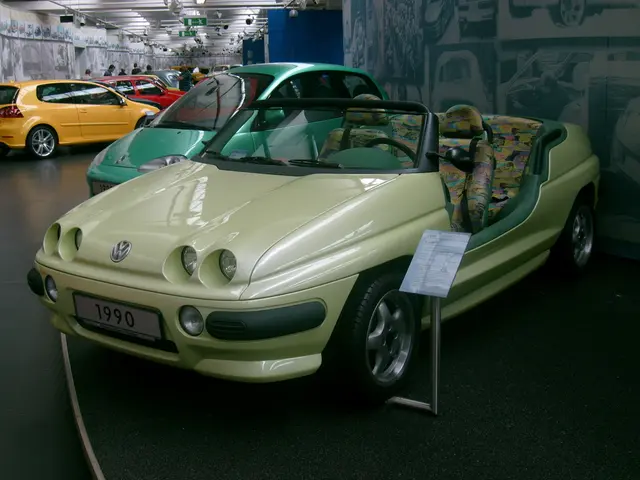Strategies for Crafting Videos in Politicial Advertising
Creating Impactful Political Videos: Best Practices for Modern Campaigns
In today's digital age, political campaigns are leveraging video content to engage voters and drive meaningful interaction. Here are some key strategies for creating effective political marketing videos:
1. Storytelling and Visual Content
- Visual Storytelling: Animated and visual content can make complex political messages more engaging and memorable[1]. By turning initiatives into animated stories, viewers are more likely to understand and retain the information.
- Avoiding Monotony: Using animation and b-roll can help avoid the monotony of traditional talking-head videos, keeping viewers engaged[1].
2. Mobile and Social Media Integration
- Mobile Optimization: As voters increasingly consume content on their phones, ensuring that videos are optimized for mobile is crucial. Platforms like TikTok, Instagram Reels, and YouTube Shorts are effective for reaching a wider audience[3].
- Creative Frameworks: Implementing a hook, personally validating the message, clearly stating the problem and solution, and including a call-to-action (like "Tap to vote early") can engage viewers effectively[3].
3. Digital PR and Personalized Messaging
- Digital Platforms: Utilize social media, blogs, and video content to craft compelling narratives that resonate with diverse audiences. These platforms allow for real-time interaction and feedback, helping refine campaign strategies[5].
- Data-Driven Decision Making: Use digital tools to analyze engagement and target specific demographics with personalized messages, enhancing campaign efficiency and public engagement[5].
4. Engagement and Interaction
- Micro-Engagement Tools: Use polls and stickers in social media stories to create micro-engagement signals, encouraging viewers to interact with the content[3].
- Frequency and Targeting: Set frequency caps to avoid over-targeting supporters, and use voter files or email lists to build lookalike audiences[3].
5. Optimized Landing Pages
- Ensure landing pages load quickly, use autofill forms, and support mobile wallets for a seamless user experience[3].
6. Professional Production and Compliance
- Professional Production: Production values should be professional and polished. This includes using high-quality equipment, scripting the video before shooting, editing for pacing and clarity, and ensuring good video quality[2].
- Adhering to Regulations: Political videos must comply with advertising regulations by following election laws and ensuring truthful, transparent messaging[4].
7. Accessibility and Best Practices
- Accessibility Features: Accessibility features should be used to make videos accessible to as many people as possible[2].
- Best Practices: Best practices for political video production include clear messaging, strong storytelling, professional production, and strategic distribution[6].
By incorporating these strategies, political campaigns can create more effective marketing videos that engage voters and drive meaningful interaction.
[1] Source: Animation for Politicians: A Guide to Creating Compelling Campaign Videos
[2] Source: The Ultimate Guide to Political Video Production
[3] Source: How to Create Political Campaign Videos that Drive Engagement
[4] Source: Political Advertising: A Guide to Compliance
[5] Source: Digital PR for Political Campaigns: A Comprehensive Guide
[6] Source: Best Practices for Political Video Production
- To make complex political messages more engaging, animated and visual content can be employed, transforming initiatives into stories that viewers are more likely to understand and retain.
- As voters consume content on their mobile devices, it's crucial to optimize videos for these platforms to reach a wider audience, with platforms like TikTok, Instagram Reels, and YouTube Shorts being effective.
- Digital tools can be used to analyze engagement and target specific demographics with personalized messages, enhancing campaign efficiency and public engagement on social media, blogs, and video content.
- To create micro-engagement signals and encourage viewers to interact with the content, polls and stickers can be used in social media stories, while frequency caps should be set to avoid over-targeting supporters.







